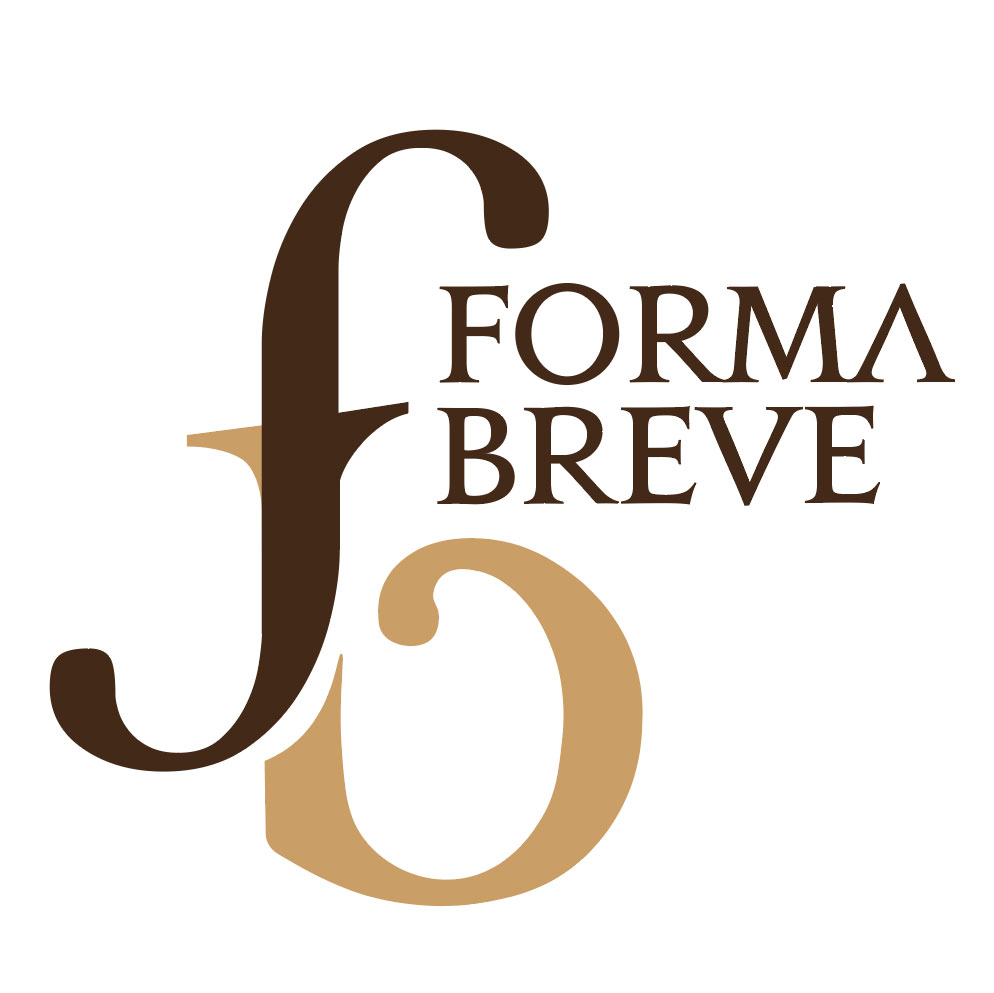Luto, sofrimento e fidelidade familiar no ciclo mítico-literário de Inanna e Dumuzi
Resumo
O ciclo mítico-literário conhecido como Inanna e Dumuzi contempla uma série de composições redigidas em língua suméria que se focam na relação destas duas divindades, desde um entu- siástico processo de enamoramento até aos eventos dramáticos que rodeiam a morte de Dumuzi. No que diz respeito a esta, talvez o mais famoso episódio seja aquele patente na composição conhecida como A Descida de Inanna ao Inframundo onde, a dado momento, a deusa decreta a morte do seu amante. Porém, embora menos conhecidos, outros episódios deste ciclo assumem- -se como deveras interessantes no que diz respeito aos comportamentos expectáveis perante a perda de um ente querido. Neste artigo propomos assim revisitar estas composições com vista a analisar a ação arquetípica das suas personagens centrais, relativamente ao luto e sofrimento, para assim destacar os ideais de integridade e de fidelidade familiar que lhe estão subjacentes.
Downloads
Referências
Almeida, I. G. (2023). The Mesopotamian domain of the dead and its constraints to divine transcendental power. In M. D. R. Monteiro, M. S. M. Kong, & M. J. P. Neto (eds.), Time and Space (pp. 301-307). London, UK: CRC Press (https://doi.org/10.1201/9781003260554).
Alster, B. (1972). Dumuzi’s Dream – aspects of oral poetry in a Sumerian myth, Copenhagen, Den- mark: Akademisk Forlag.
Black, J. & Green, A. (1998). Gods, Demons and Symbols of Ancient Mesopotamia. An Illustrated Dic- tionary. London, United Kingdom: British Museum Press.
Bottéro, J. (1992). Mesopotamia: Writing, Reasoning, and the Gods. Chicago, USA: University of Chicago Press.
Bottéro, J. (1998). La plus vieille religion en Mésopotamie. Paris, France: Éditions Gallimard. Brisch, N. (2019). Mesopotamian history: the basics. Ancient Mesopotamian Gods and Goddesses. Oracc and the UK Higher Education Academy. Acessível em http://oracc.museum.upenn.
edu/amgg/mesopotamianhistory/ [último acesso em junho de 2024]
Caramelo, F. (2008a). Arqueología de la muerte: el origen de las ideas bíblicas de infierno y de resurreccíon. In J.L. Montero Fenollós (Coord.), Arqueolgía, Historia y Biblia – de la Torre de babel al Templo de Jerusalém (pp. 87-100). Coruña, Spain: Sociedad de Cultura Valle-Inclãn.
Caramelo, F. (2008b). Erotismo e Sexualidade na Mesopotâmia: ‘Quem se deitará naquele linho comigo?’. In J. A. Ramos et al. (Eds.), A Sexualidade no Mundo Antigo (pp. 95-114). Porto, Portugal: Clássica – Artes Gráficas.
Charpin, D. (2023). L’Assyriologie. Paris, France: PUF.
Cohen, A. (2005). Death Ritual, Ideology, and the Development of early Mesopotamian Kingship-toward
a new understanding of Iraq’s royal cemetery of Ur. Leiden, Netherlands/Boston, USA: Brill/Styx.
Dalley, S. (2000). Myths from Mesopotamia. Creation, the flood, Gilgamesh, and others. Oxford, Uni-
ted Kingdom: Oxford University Press.
ETCSL – The Electronic Text Corpus of Sumerian Literature (1998-2006), Oxford: Faculty of Oriental
Studies of the University of Oxford. Acessível em http://etcsl.orinst.ox.ac.uk/ [último acesso
em junho de 2024].
Gadotti, A. (2023). Recurrent Structures in the Sumerian Gilgamesh Cycle. In G. Konstantopolous
& S. Helle (Eds.), The Shape of Stories – Narrative Structures in Cuneiform Literature (pp. 27-52)
Leiden, Netherlands: Brill
Gadotti, A. (2014). Gilgamesh, Enkidu, and the Netherworld and the Sumerian Gilgamesh Cycle. Bos-
ton, USA/Berlin, Deutschland: de Gruyter
Gonçalves, V. & Almeida, I. G. (2023). The Divine Feminine in Mesopotamia: the rosette/star
and the reed bundle symbols in early Diyala's glyptic (c. 3100-2600 BC). In H.T. Lopes & A. Patrício (Eds.), Images, Perceptions and Productions in and of Antiquity (pp.156-177) Cambridge, United Kingdom: Cambridge Scholars Publishing.
Hatab, L. (1990). Myth and Philosophy. A contest of truths. La Salle, USA: Open Court Publishing Company.
Hallo, W.W. (2009). The world’s oldest literature. Leiden, Netherlands: Brill.
Hoffman, C. (2004). Dumuzi's Dream: Dream Analysis in Ancient Mesopotamia. Dreaming, 14/4,
240-251 (https://doi.org/10.1037/1053-0797.14.4.240).
Jonker, G. (1995). The Topography of Remembrance: The Dead, Tradition and Collective Memory in Mesopotamia. Leiden, Netherlands: Brill.
Katz, D. (1995). Inanna’s descent and undressing the Dead as a Divine Law, ZA, 85, 221-233. Katz, D. (1996). How Dumuzi became Inanna’s victim, Acta Sumerologica, 18, 93-103
Katz, D. (2003). The image of the Netherworld in the Sumerian Sources. Bethesda, USA: CDL Press. Milstein, S.J. (2016). Outsourcing Gilgamesh. In R. F. Person & R. Rezetko (Eds.), Empirical Models challenging biblical criticism (pp. 37-62). Atlanta, USA: SBL Press.
Njozi, H.M. (1990). The flood narrative in the Gilgamesh epic, the Bible and the Qur'ān: The
problem of kinship and historicity. Islamic Studies 29/3, 303-309.
Pollock, S. (1999). Ancient Mesopotamia – The Eden that never was. Cambridge, United Kingdom:
Cambridge University Press.
Pritchard, J. B. (1950). Ancient Near Eastern Texts relating to the Old Testament. Princeton, USA:
Princeton University Press
Riley, J. M. (2014) ‘Love the Child who Holds You by the Hand’: Intertextuality in The Odyssey
and The Epic of Gilgamesh. Studia Antiqua 12/2, 20-31.
Sanmartín, J. (1999). Códigos Legales de tradicíon babilónica. Barcelona, Spain: Trotta.
Sefati, Y. (1998). Love Songs in Sumerian Literature, Jerusalem, Israel: Bar-Ilan University Press. Selz, G. J. (2020). The Uruk Phenomenon. In K. Radner, N. Moeller, & D. T. Potts (Eds), The Oxford History of the Ancient Near East: Volume I: From the Beginnings to Old Kingdom Egypt and the Dynasty of Akkad. New York, USA: Oxford Academic (https://doi.org/10.1093/ oso/9780190687854.003.0004).
Seri, A. (2012). The role of creation in Enūma eliš. Journal of Ancient Near Eastern Religions, 12/1, 4-29. Sladek, W. R. (1974). Inanna’s Descent to the Netherworld, PhD dissertation thesis. The Johns Hopkins University. Baltimore, USA.
Suter, C. (2014). Human, Divine or Both? The Uruk Vase and the Problem of Ambiguity in Early
Mesopotamian Visual Arts. In M. Feldman & B. Brown (Eds.), Critical Approaches to Ancient
Near Eastern Art (pp. 545-568). Berlin, Deutschland: de Gruyter
Szarzynska, K. (1993). Offerings for the goddess Inanna in archaic Uruk, RA, 87/1, 7-28.
Direitos de Autor (c) 2024 Isabel Gomes de Almeida

Este trabalho está licenciado com uma Licença Creative Commons - Atribuição 4.0 Internacional.








